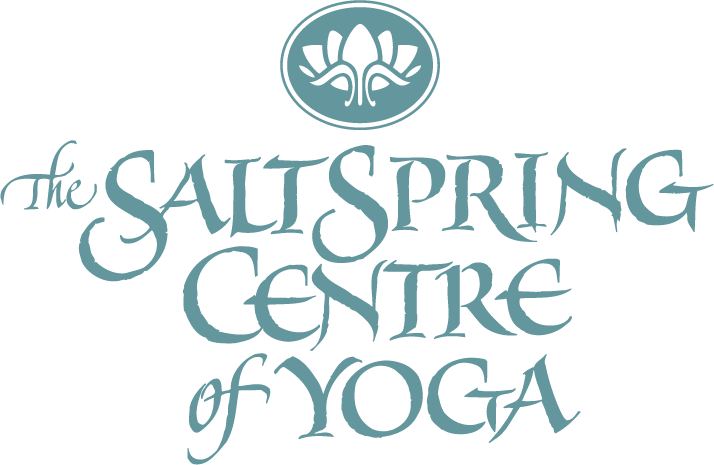Asana of the Month: Hanumanasana
Hanumanasana – Monkey Pose

Hanumanasana is named after the monkey-god Hanuman, emblematic of physical strength, perseverance and devotion.
As told in the epic Indian tale known as the Ramayana, Hanuman is called upon to help Lord Rama rescue his beloved Sita from the grasps of the Demon god Ravana. This pose represents Hanuman’s courageous act of love and devotion for Rama, as he leaps over the ocean to the island Lanka to rescue Sita.
Like Hanuman, we may often face tasks that we think we can’t possibly accomplish or overcome. This pose challenges us to find strength within ourselves we might never have known we had. It invites us to take a leap of faith into believing in our own strength. For Hanuman, his unwavering devotion allowed him to direct his whole heart and mind to the task, and through this concentration, his hidden potency emerged and empowered him.
Take the leap of faith with this pose and perhaps you will discover hidden powers within you!
Be sure to warm up hips and hamstrings before embarking on Hanumanasana. This pose may be contraindicated if you have hamstring or groin injuries.
1. Start in Downward Facing Dog. Step the left foot forward in between the hands and lower the back knee to the ground. Make sure your back knee is behind your hips. If you find this to be too much pressure on your back knee, you may want to place a blanket underneath it. I like to keep my back toes tucked under to make sure my lower leg stays aligned. You can experiment with placing the top of the back foot on the floor.






2. Bring your hips towards your back heel, stretching the front leg. Flex the left foot to point the toes skyward (Make sure not to hyperextend by reaching through the heel). You can stay here for Ardha Hanumanasana (Half Monkey Pose).
Option: fold over the front leg by hinging at the hips.


3. If continuing on with the pose, begin to inch your left heel forwards as you stay anchored thought the back foot and knee. Pause when you feel a stretch and breathe length into your hamstring. This is where faith in yourself really pays off: be patient and allow your body to melt into the stretch. Keep inching your foot forwards to gently open your hamstrings.
Modification: while in Ardha Hanumanasana (step 2), place some cushions, bolsters or blankets underneath your pelvis. As you straighten the legs, release the pelvis onto the bolster.
Tip: Be sure to keep your spine long. Maintain your pelvis in alignment by making sure to keep the back knee pointing down and the front knee pointing up. You may not be able to get as deep of a stretch but you will maintain alignment and maximize the effects of the pose.




4. If you find yourself in a full splits, great work! Your faith and devotion have paid off and you have conquered Hanumanasana. Keep energetically drawing the inner thighs towards one another, keep your spine long, and breathe. If you want to come into the full pose, lift your arms above your head and interlace your fingers, releasing the index fingers to point skywards. Lift your chest and lean back slightly.
Variation: fold over the front leg.



5. Stay in Hanumanasana for up to one minute. To come out of the pose, slowly and mindfully, press your hands to the floor, turn the front leg out slightly, and slowly return the front heel and the back knee to Arha Hanumanasana. Step back into Downward Facing Dog and repeat on the other side.
Meet Saraswati Glenda Garcia


Glenda is a dedicated community member of both the Salt Spring Centre of Yoga and Mount Madonna Center for the Arts. She continues to enrich her yoga knowledge through study, practice and teaching on a daily basis.
